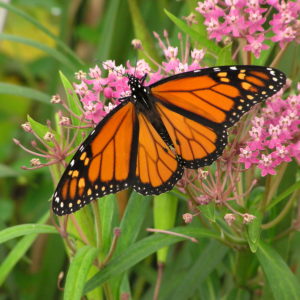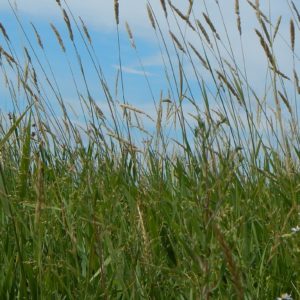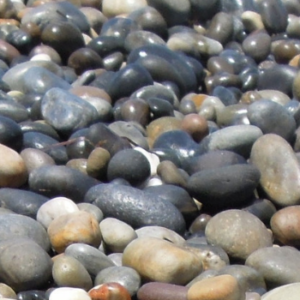Gilead’s application for endangered species permit for Ostrander Point is posted for comment now
Gilead Associates, the company that is applying for a Renewable Energy Approval to build and operate nine wind turbines within the Ostrander Point Crown Land Block, has applied to the Province of Ontario for a permit to “kill, harm and harass Blanding’s Turtle and Whip-poor-will as well as damage and destroy the habitat of Whip-poor-will for the purpose of the development and operation of Ostrander Point Wind Energy Park.” See the breaking CBC TV story that includes an interview of local naturalist Myrna Wood.
This is an unusual step in Canada for a wind energy project, but one that appears to be an admission that the project will be impacting threatened species at the site where the turbines are to be built.
The ESA permit which allows for the destruction of habitat and harm to the species, must also demonstrate the following:
(i) the Minister is of the opinion that an overall benefit to the species will be achieved within a reasonable time through requirements imposed by conditions of the permit, and,
(ii) the Minister is of the opinion that reasonable alternatives have been considered, including alternatives that would not adversely affect the species, and the best alternative has been adopted, and,
(iii) the Minister is of the opinion that reasonable steps to minimize adverse effects on individual members of the species are required by conditions of the permit.
On the posting, the proponent’s response to these requirements is provided. I’ll only include and comment on the first sentence of the first requirement related to overall benefit.
Proponent to acquire and manage a property outside the project area (that meets appropriate criteria as defined by the Ministry of Natural Resources) for the habitat preservation, rehabilitation and/or improvement of both Blanding’s turtle and Whip-poor-will.
Unfortunately, there are no reports or documents to inform us on what this actually means. This posting begs the question of how the public, can be expected to provide meaningful comment if there are no details about where the habitat is, or how protecting and managing it would benefit the species. For example, would the acquired property be an area already occupied with breeding Whip-poor-wills that is facing imminent destruction? If it is unoccupied habitat, is Gilead claiming that it can restore and manage the habitat to attract this rapidly declining species? Is this even possible?
It is a fact is that Whip-poor-will no longer occupies much of the available habitat within its range. Both loss of habitat and declines in its food supply (mainly flying insects) are identified as the main reasons behind the species demise.
This is where the ability of this permit to have an overall benefit for the species becomes dubious at best. If both the existing occupied site where the project is proposed, and the “new” site are occupied by Whip-poor-wills, and the intent is to protect one and damage the other so that it no longer supports the species, there is net harm. A possible and worse scenario is that if Ostrander Point becomes a functioning wind energy plant, it becomes an ecological trap for the species. This would occur if individuals were attracted to the area each year, but more prone to being killed.
My conclusion is that the ESA posting is flawed as a consultation process in that it does not allow for meaningful public engagement. We simply need more detail.
My hunch is that all it will contribute to the Whip-poor-will is more hardship. Wind energy projects should be about a good idea in a good place. Ostrander Point, in my view, is a terrible location for a wind project. Powers that be, please find an alternative location, that is not as risky to birds and other wildlife.
Photo by Ted Cheskey – Whip-poor-will habitat on the upper Bruce Peninsula



